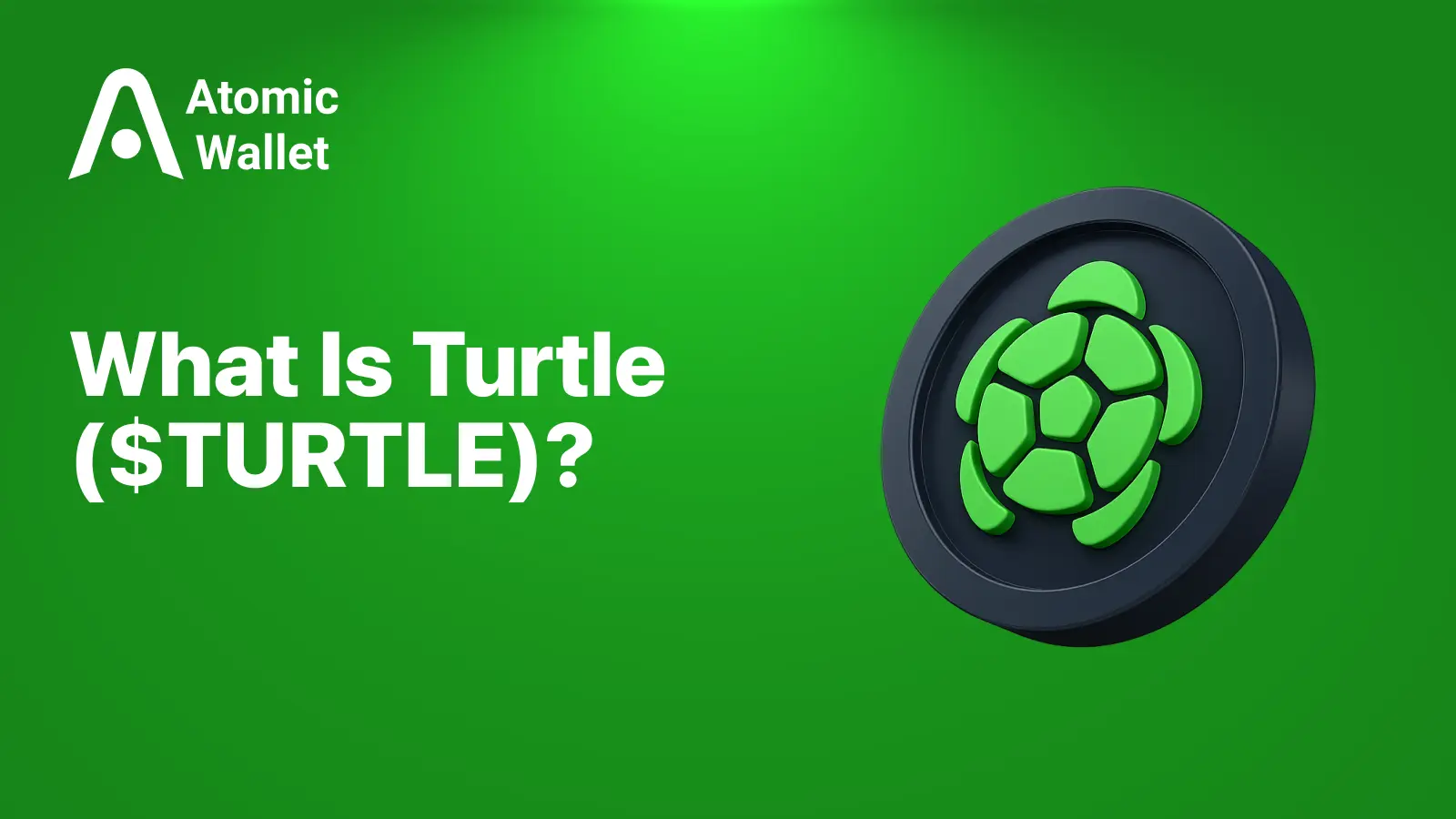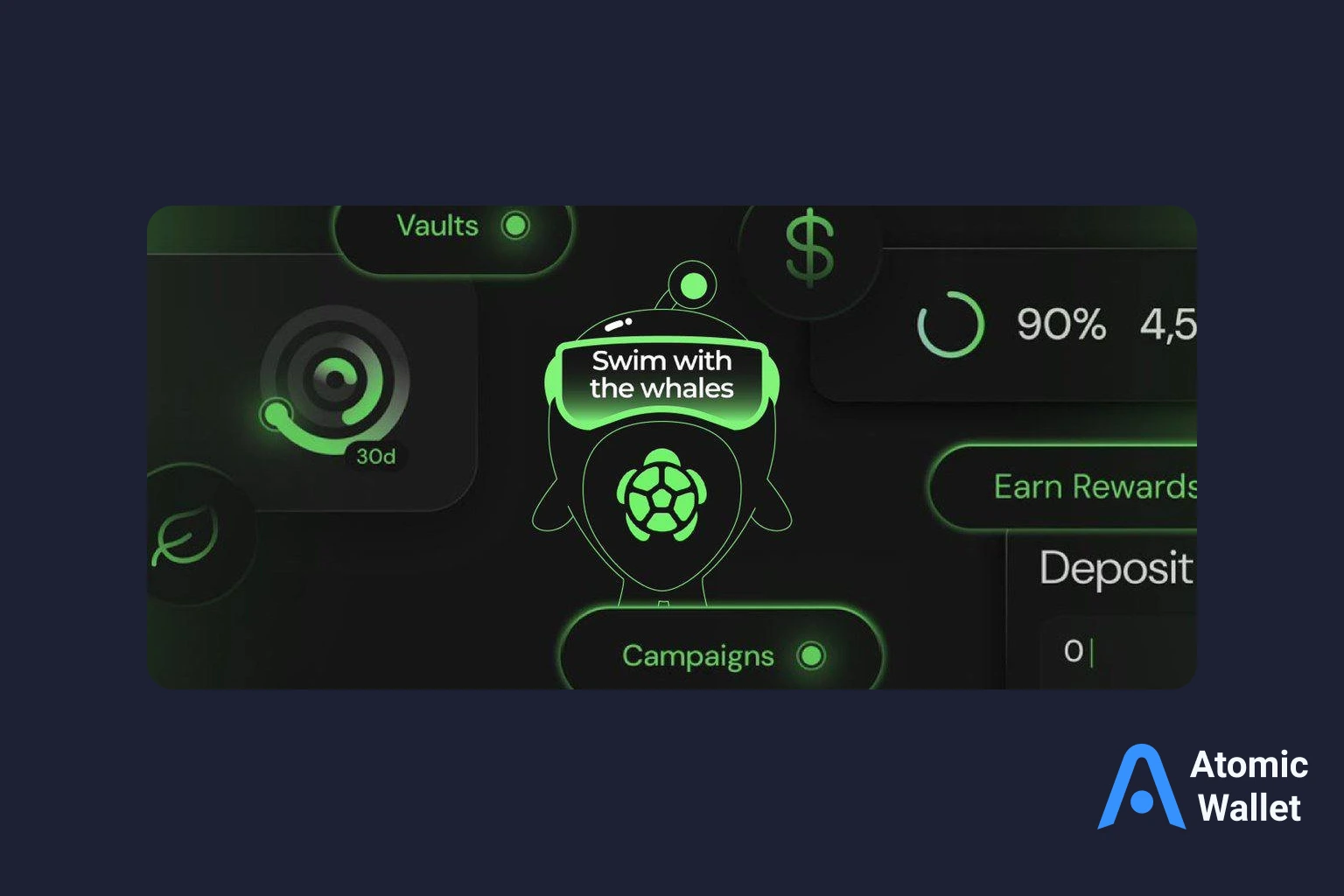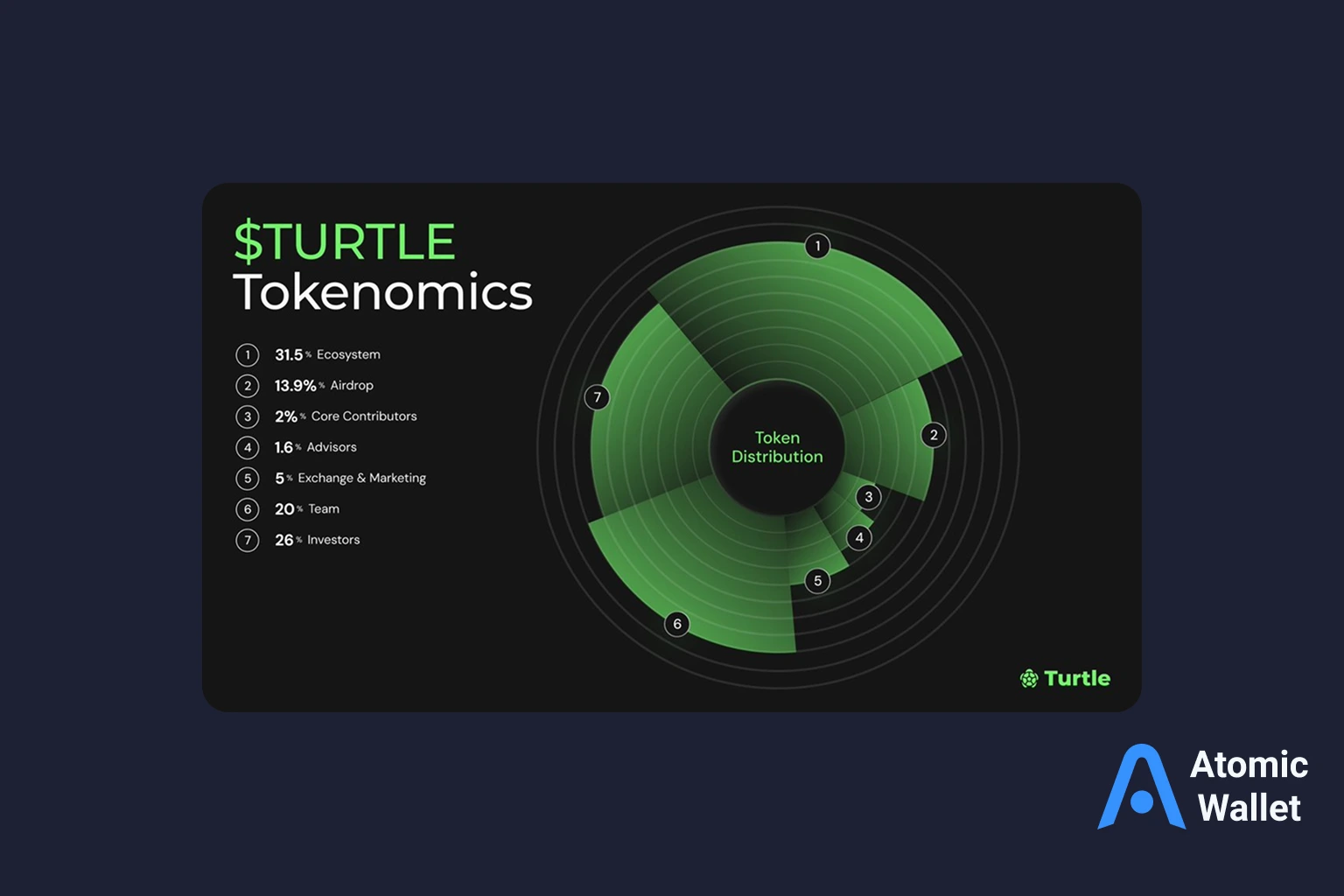Assets

Exchange

Buy Crypto




Within the evolving DeFi landscape, Turtle Club has already risen to become one of the most innovative liquidity distribution protocols in Web3.
The project introduces a new approach to rewarding real on-chain activity, converting everyday DeFi interactions — swapping, liquidity provision, or staking — into measurable ownership in the form of the $TURTLE token.
Backed by prominent investors such as CoinFund, Laser Digital (Nomura), and THEIA Capital, Turtle Club is working to redefine how liquidity flows across blockchain ecosystems.
Instead of traditional yield-farming or multi-step depositing processes, it focuses on non-custodial rewards — users have full ownership of their assets at all times.

Turtle is a decentralized liquidity distribution protocol that is working to make Web3 engagement more equitable.
Its mission is simple: reward users for being active — swapping, liquidity providing, staking, and engaging across chains — without needing to send or stake assets in centralized contracts.
In contrast to other liquidity-mining websites, Turtle is based on a "phantom liquidity" model that tracks real wallet activity through smart integrations and verified partnerships.
The system translates liquidity behavior into quantifiable value, in the form of Turtle Points redeemable for $TURTLE tokens downstream.
By directly linking rewards to genuine on-chain activity, Turtle enables everyday crypto users to share in the upside of network growth — fairly, transparently, and without middlemen.
Turtle introduces what it calls a "Phantom Liquidity" model, a novel approach to liquidity mining that doesn't resort to staking or deposits.
Instead of locking tokens in contracts, Turtle tracks user activity on integrated DeFi protocols — swaps, LP positions, lending, or even bridging.
Each confirmed action accumulates Turtle Points, a quantification of a user's contribution to the network.
These points are earned automatically as you interact with supported platforms like Linea, Base, or Arbitrum.
Points are later swapped for $TURTLE during distribution rounds.
Because the model is built with read-only integrations and verified APIs, users maintain complete self-custody over their assets — no further approvals or exposure to smart-contract exploits.
This design allows Turtle to combine the best of both worlds:
The $TURTLE token powers the entire Turtle Club ecosystem — from user rewards and governance to ecosystem incentives.
Its design ties token demand directly to real user engagement.
Total Supply: 1,000,000,000 $TURTLE
Token Standard: ERC-20 (EVM)
Primary Networks: Linea, Arbitrum, Base
Preliminary Allocation:
Utility:
$TURTLE serves multiple functions:
This model ensures balanced distribution between builders, investors, and real users — keeping the project community-driven and sustainable over time.

Turtle has expanded rapidly to a number of Layer-2 ecosystems, becoming a core player in on-chain liquidity distribution.
Its approach — rewarding real user behavior instead of speculative farming — has taken root on leading networks.
Key Ecosystem Partners:
Infrastructure & Wallet Partners:
Investor Support:
Top venture and institutional names such as CoinFund, Laser Digital (Nomura), and THEIA Capital back the project — validating its long-term potential in the Web3 economy.
Collectively, these partnerships allow Turtle to bridge DeFi, wallets, and analytics into a single, transparent reward network.
The $TURTLE airdrop claim officially opened on October 16, 2025, at 12:00 PM UTC — in collaboration with Linea.
Participants can verify eligibility and claim their rewards directly from the official website.
How to Claim:
Important Notes:
Once claimed, users can hold, swap, or track $TURTLE directly in Atomic Wallet, ensuring secure and private management of their tokens.
While Turtle offers a fresh and fair model for rewarding liquidity, users should remain cautious and informed — as with any DeFi protocol.
Main Risks:
Security Tips:
In essence, Turtle rewards real users — but staying vigilant keeps your gains safe.
FAQ — Quick Answers
What is Turtle Club?
A decentralized liquidity-distribution protocol that rewards genuine DeFi users based on real on-chain activity.
When did the airdrop launch?
On October 16, 2025, at 12 PM UTC, with claim options available via the official site.
Who is eligible for the $TURTLE airdrop?
Active users of integrated networks like Linea, Base, and Arbitrum, as well as those who interacted with Turtle partners during previous campaigns.
Do I need to register to receive my tokens?
No. All eligible wallets can claim directly. Opt-in is only needed for the Liquidity Distributor NFT.
Is $TURTLE tradable right away?
Yes — once claimed, tokens can be held or swapped in non-custodial wallets such as Atomic Wallet or on supported DEXs.
Will there be more airdrop waves?
The team hinted at future community rounds, tied to new integrations and ecosystem growth.
Turtle is not just another airdrop — it's a rethink of how liquidity, rewards, and real users converge in DeFi.
By tracking real on-chain activity across Layer-2 chains such as Linea and Arbitrum, Turtle creates a reward system based on value, not speculation.
Its Phantom Liquidity product enables users to keep full control of their assets while still enjoying the benefits of the ecosystem.
The project interoperates across a number of networks, aggregates data, and incentivizes participation — a trajectory that many DeFi protocols will undoubtedly follow in the future.
With strong investors backing it and integrations with top ecosystems, Turtle has the potential to become a core layer in the next iteration of DeFi reward systems.
Store and manage your $TURTLE tokens in Atomic Wallet — your secure home for new airdrops and cross-chain rewards.

Rumble stock price explained: recent performance, volatility factors, and 2025 projections. Learn how politics and creator economics drive RUM.

Metaplanet stock surged as the company doubled down on its Bitcoin strategy and even added 14,618 ETH. Learn what drives Metaplanet stock price, how mNAV works, key risks, and why investors call it the “Japanese MicroStrategy.”